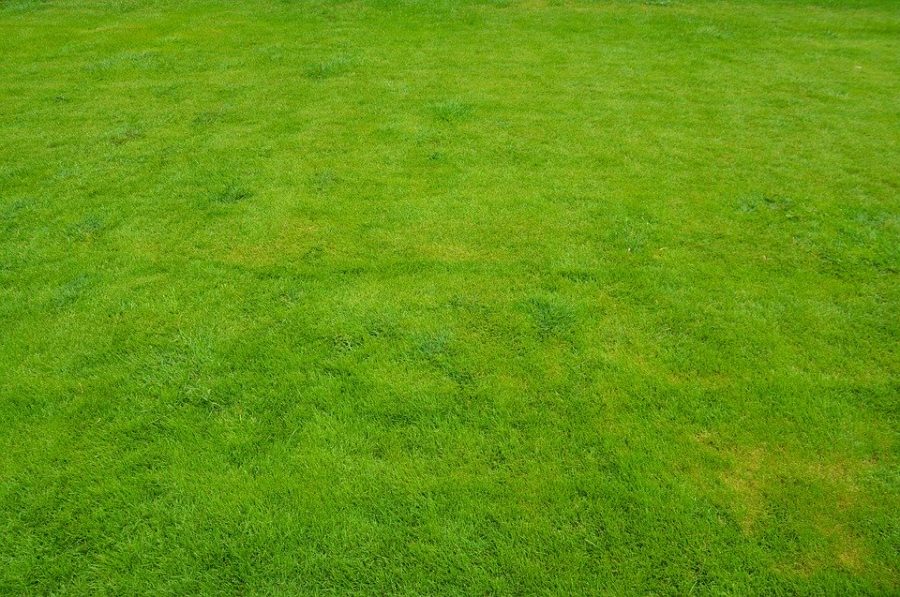Anti-Lawn
Lawns are the worst.
While this inflammatory statement may send all the mowing loving dads into a frenzy, allow me to explain.
First, a history lesson. With the growth and expansion of the middle-class in the early 20th century, many white people in the United States found themselves with expendable income. At first, this money was spent on going to clubs and speakeasy’s (or the occasional minstrel show). But as the cities grew exponentially, especially from southern and eastern european immigration and the Great Migration, middle-class whites were looking for other places to go. This phenomenon was known as white flight. But white people did not conduct a mass exodus from the cities simply to nowhere. The place they went was the suburbs. Monotonous and sterile, house after house, the suburbs were a sprawling conglomerate of clone, readymade houses. And with the little boxes on the hill came lawns. But in order to maintain the newfound white haven, a new policy was implemented — redlining. Redlining was the practice of excluding black buyers from purchasing or even viewing houses in white suburbs. This practice, while de jure repealed, has had a lasting effect on the racial makeup of suburbs. But what does this have to do with lawns? I’ll get to that.
Even before the suburbs, however, lawns were a symbol of status.
In monarchical France, the very rich nobility would have estates with acres of well maintained monocultural grass. Rather than being used for the cultivation of wildlife or diverse plant life, the land was simply grass that was left as a display that the head of the manor was so rich that they could maintain large swathes of useless land.
These two aspects of the history of lawns represent the epitome of lawn ideology itself — exclusion.
In the suburbs and in the French estates, a lawn was a symbol of exclusion. It allowed for the lawn-holder to divorce themselves from their fellow man and instead seclude themselves in the sterile environment of prejudice.
Even when the homeowner themselves is rather progressive, the lawn hinders community. Rather than going to a park and interacting with the members of the community, the lawn-holder is able to seclude themselves. Rather than allowing native plant life to return and form community with nature, the lawn-holder is able to sterilize and destroy any attempts at life’s dynamism taking place.
Overall, the lawn is the product of prejudice and is thus the instrument and engineer of the individualist mindset. So if we want to build a more compassionate and cooperative future, we should question the logic of the lawn.

Vince Orozco is THE Managing Editor for “The Tiger Print.” Vince’s skills include rapping and writing long essays that nobody reads. In school, he...




